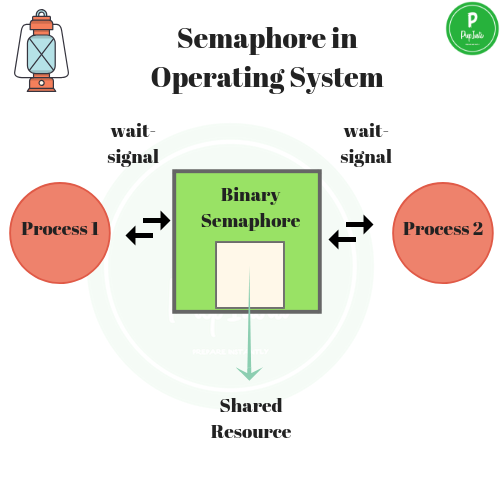Buttons overview
Home : In navbar home button is to jump to main page
Dropdown : To jump to any algorithm
Info panel : Displays the value of each required queue and semaphore.
Add Process: On clicking this button new process will be added.
P0 : On clicking this button P0 process will move forward according to algorithm.
save PDF : To save all the status of each stage of algorithm .
Tool Tips
Tooltips will help to get information about the hovered element.
here element with tooltips are:
semaphore, suspended queue, critical section, completed queue, Added, Entry, CS, Exit
To CS
By clicking the button the process will be moved to Critical Section if the Critical section is not occupied or semaphore is greater than zero(0).
Add Processes
By clicking Add Processes new processes will be added with the button and process icon.
To Entry Section
Processes will move to suspended queue if the critical section is occupied.
Example: p2 will be moved to suspended queue as critical section is occupied by p0.
Warning
If the process is there in critical section still if any process tries to interrupt then it will show the warning.
Full completion
It's gratitude message to display that all the processes are completed.
Save PDF
By clicking the save PDF the pdf will be formed by collecting all the text in textArea.
Analysis of Binary semaphore approach
1. A binary semaphore has two components-
a. An integer value which can be either 0 or 1.
b. An associated waiting list (usually a queue).
2. The waiting list of binary semaphore contains the processes that got blocked when trying to enter the critical section.
3. In waiting list, the blocked processes are put to sleep.
4. The waiting list is usually implemented using a queue data structure.
5. Using a queue as waiting list ensures bounded waiting.
6. This is because the process which arrives first in the waiting queue gets the chance to enter the critical section first.
7. The wait operation is executed when a process tries to enter the critical section.
8. The signal operation is executed when a process takes exit from the critical section.
9. Binary semaphores are mainly used for two purposes-
a. To ensure mutual exclusion.
b. To implement order in which the process must execute.
